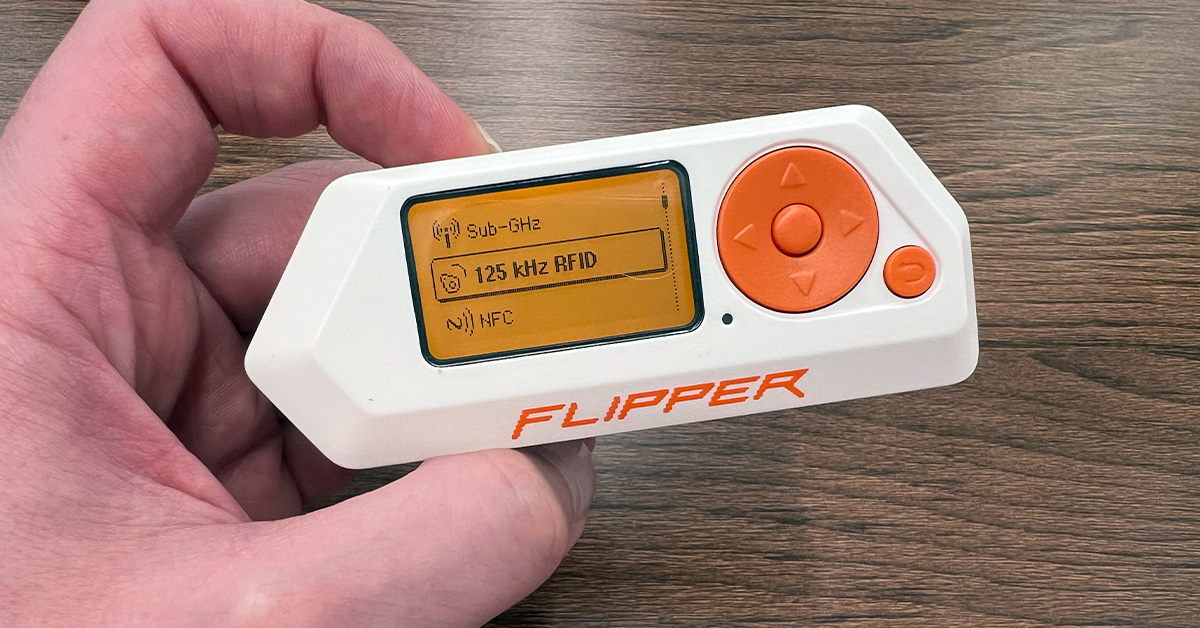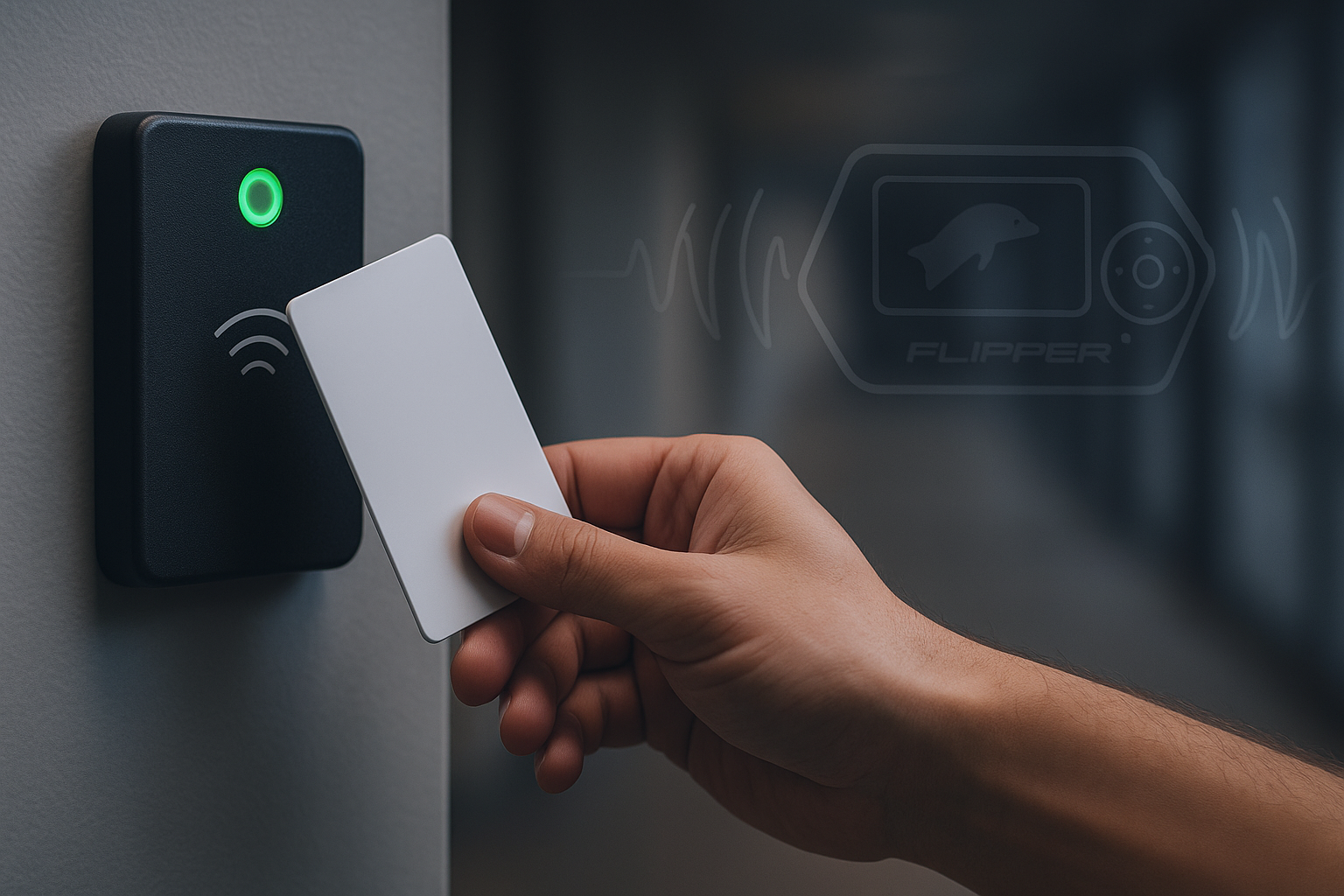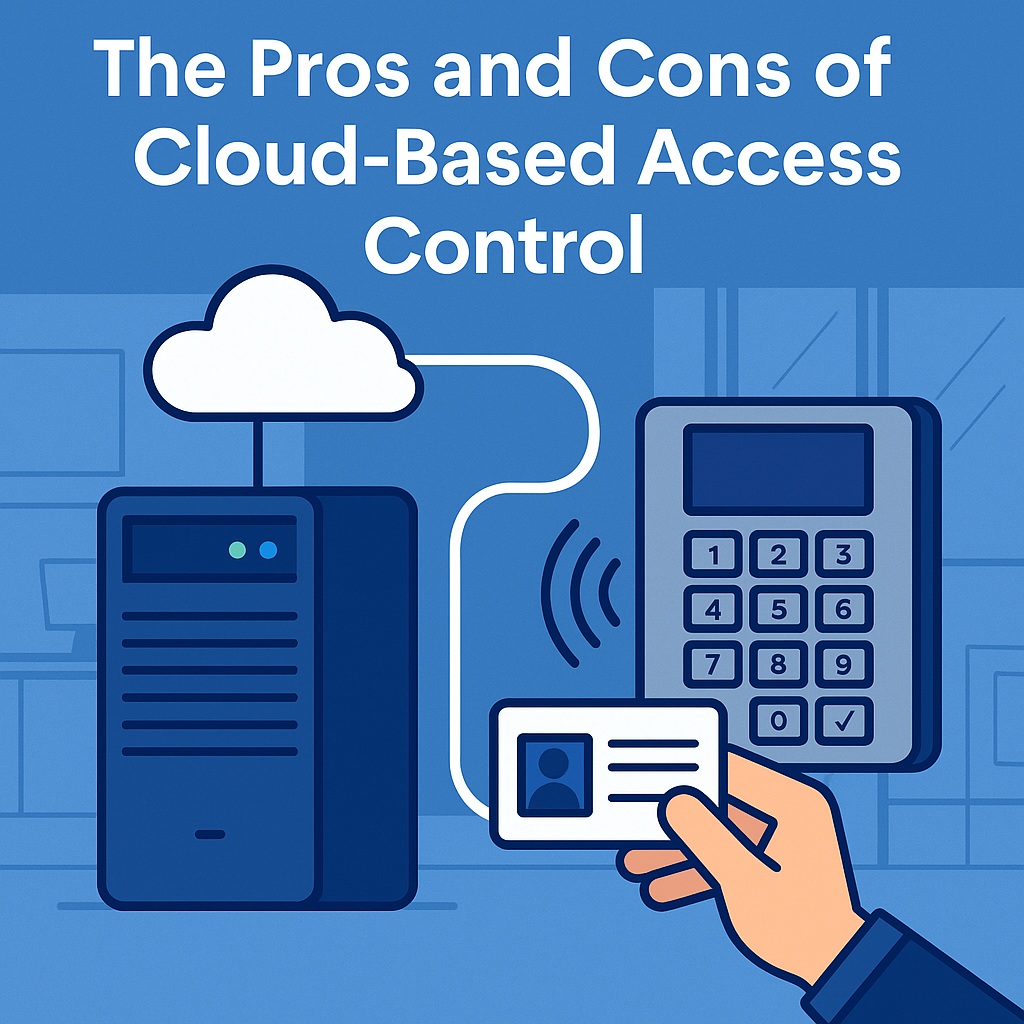What is Format?
Proximity cards contain chips that store data. The way that data is structured is called the "format" of the card. The number of ones and zeros, and how they’re put together, determines the format and ultimately the credential number.
For example, US phone numbers follow a well-known format: 9395981699 is recognized as 939-598-1699. Knowledge of the format allows proper reading. The format defines the bit length and fields of the credential number.
Every Format has a maximum number of bits – the count of the binary digits (zeroes and ones) that make up the credential. The available sizes are 26, 33, 37, 48, and 50-bit. The most common and industry standard card is a 26-bit card. This 26-bit format is recognized by all access hardware. The higher number of bits (33, 37, 48, 50) can increase card security.
Some of the higher bit formats are "proprietary", and usually carry a higher price tag. One exception is the HID 37-bit proprietary format, priced similarly to a 26-bit card.
Serial number and facility code
Every standard 26-bit card has a consecutive serial number programmed and assigned to a cardholder. For 26-bit cards, it can go from 0 to 65,535. To reduce the risk of duplication, a second number, known as a facility or site code is encoded into each card. This number can go from 0 to 255 on a 26-bit format card. This assures that no two companies share the same card numbers.
Other formats have a greater number of bits, and may not need facility codes, because the card serial number (like the serial number on currency bills) is never duplicated at the factory. If your company has more employees or if you want increased security, you may want to consider HID’s Corporate 1000 programming option.
Ordering information

Every Format has a reference number. Current formats are: H10301, H10302, H10304, H200xxxx, or H5xxxx (Corporate 1000), Other open formats exist such as 40134 and C10106.
Examples of Formats
Standard 26 Bit (Format: H10301)
An unmanaged format is available for purchase by anyone.
- General: Available Facility codes from 0-255
- Card numbers start and stop range: 0 to 65,535 unique card numbers
- Sales Policy: This is an ‘open format’ and is available to anyone
- *Mandatory Fields: Format, Facility Code, and Starting Card Number
Example: H10301 part numbers and programming information.

Managed 37 Bit (Format: H10302)
The customer can authorize a provider/ partner such as J O’Brien to purchase (and manage) on the customer’s behalf.
- General: No facility code is required
- Card number start and stop range: HID controls the numbers generated for each order.
- Sales Policy: 37-bit H10302 format can be sold to any provider/ partner.
- Note: confirm that the system is capable of using a 37-bit number with no facility code.
- *Mandatory Fields: Format
Example: H10302 part numbers and programming information.

Proprietary 37 Bit (Format: H10304)
The provider/ partner retains control of the numbers so the cards may only be ordered from that partner exclusively.
- General: The 37-bit format has reserved facility codes managed by HID.
- Sales Policy: The H10304 (37-bit) is ideal for partners who would like to have their own format.
- *Mandatory Fields: Format, Facility Code (unique to partner)

Corporate 1000 (Format: H200xxxx or H5xxxx)
Customers/ end users purchase and control the format and can choose the provider/ partner to manage and order. The Corporate 1000 (C1K) format is a tracked and managed format that is unique to each end-user organization that joins the program. 35-bit and 48-bit lengths are in use, however, 35-bit formats are no longer available for new customers.
- *1st generation C1K formats are 35 bits. H5XXXX where XXXX is unique to the end-user organization – over 1,000,000 available credential numbers
- *2nd generation C1K formats are 48 bits. H200XXXX where XXXX is unique to the end-user organization – over 8,000,000 available credential numbers
- An additional programming service fee of $ 0.30 USD per card (not applicable on Mobile IDs)
- New (not repeat) orders:
- C1K Request/Authorization form must be completed and signed by end-user (format owner)
- C1K Licensing Agreement must be signed by end-user (format owner)
- Reorders: Fill out C1K Change Authorization form*Mandatory Fields: Format, Company ID Code, or End User Name

Need More Information about card formatting?
Our strong partnership with HID Global allows us to deliver proven, turnkey solutions that are easy to deploy and use. Talk to us about HID Access Control





